Eating a balanced and nutritious diet is crucial for maintaining good health and preventing chronic diseases. One of the key components of a healthy diet is ensuring that each meal is balanced and contains a variety of nutrients. In this blog, we will discuss how to build a balanced and nutritious plate for every meal.
Fill half of your plate with vegetables and fruits
Vegetables and fruits are excellent sources of essential vitamins, minerals, and fiber. They should make up half of your plate at every meal. Choose a variety of colorful vegetables and fruits to ensure that you are getting a wide range of nutrients. Try to eat a variety of vegetables and fruits to avoid boredom.
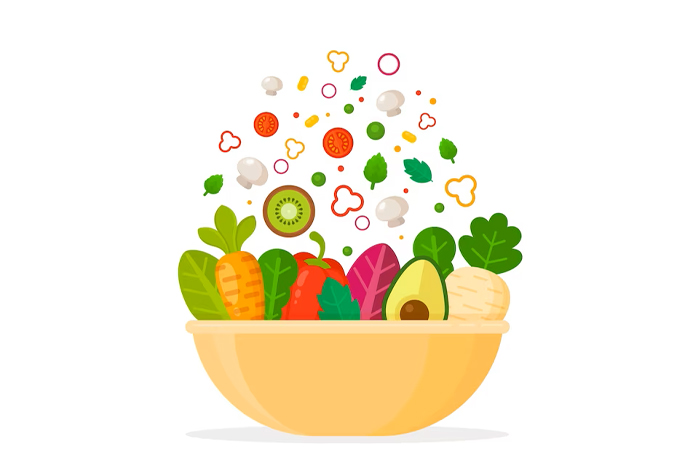
Add lean protein
Protein is essential for building and repairing tissues in your body. Choose lean proteins such as chicken, turkey, fish, tofu, or legumes to keep your plate balanced. Aim for a portion of protein that is roughly the size of your palm. Vegetarians and vegans can get their protein from legumes, tofu, nuts, and seeds.
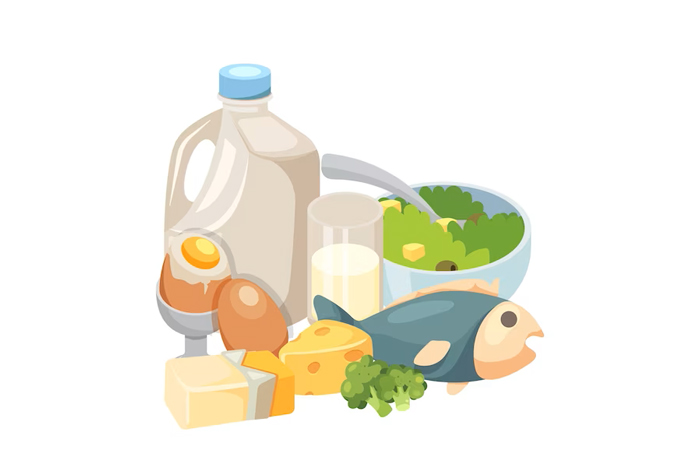
Include whole grains
Whole grains such as brown rice, quinoa, and whole wheat bread are excellent sources of fiber, vitamins, and minerals. They also keep you full for longer periods, preventing overeating. Fill a quarter of your plate with whole grains.
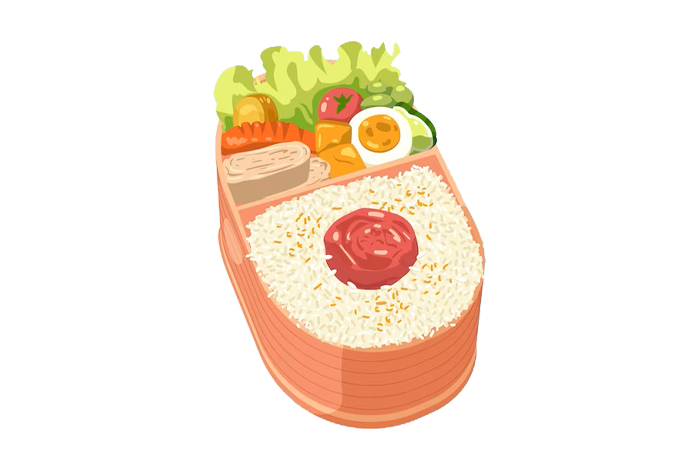
Choose healthy fats
Fats are an essential part of a healthy diet, but it is important to choose healthy fats such as olive oil, avocado, nuts, and seeds. These healthy fats provide your body with energy, aid in nutrient absorption, and help with brain function.

Drink water with your meal
Water is the best drink to hydrate your body. Try to drink water with every meal to help with digestion and to keep you hydrated. Avoid sugary drinks, including fruit juices and soda.

Limit processed foods
Processed foods are often high in sugar, sodium, and unhealthy fats. Try to limit your intake of processed foods and opt for whole, natural foods instead.
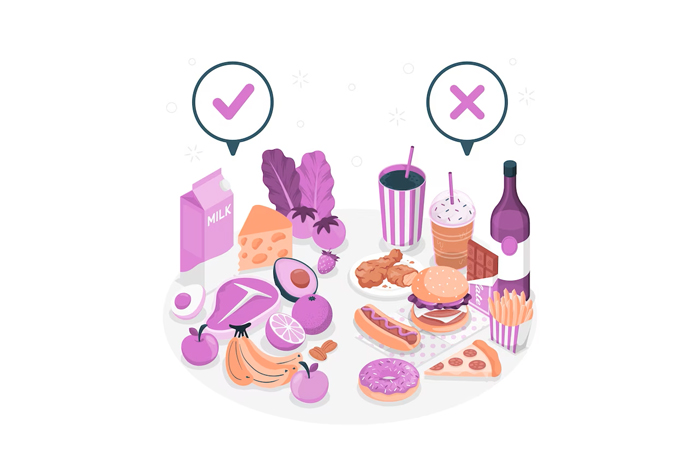
Be mindful of portion sizes
Portion control is key to maintaining a healthy weight. Use smaller plates, and be mindful of serving sizes to avoid overeating.
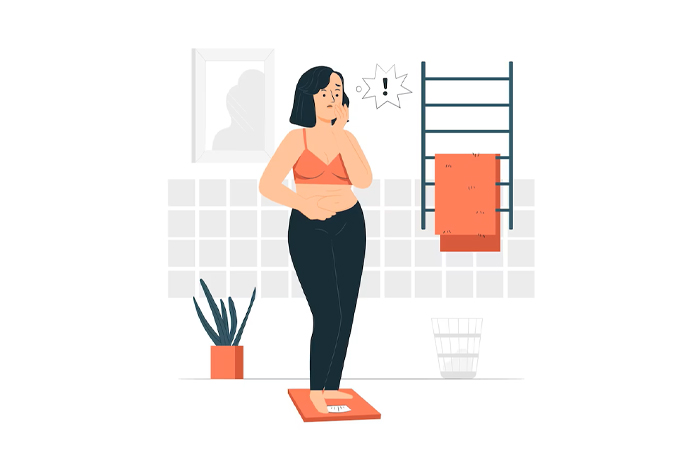
In conclusion, a balanced and nutritious plate should include a variety of colorful vegetables and fruits, lean proteins, whole grains, healthy fats, and water. Limit processed foods and be mindful of portion sizes. By following these guidelines, you can build a healthy and balanced plate for every meal, and promote optimal health and well-being.









